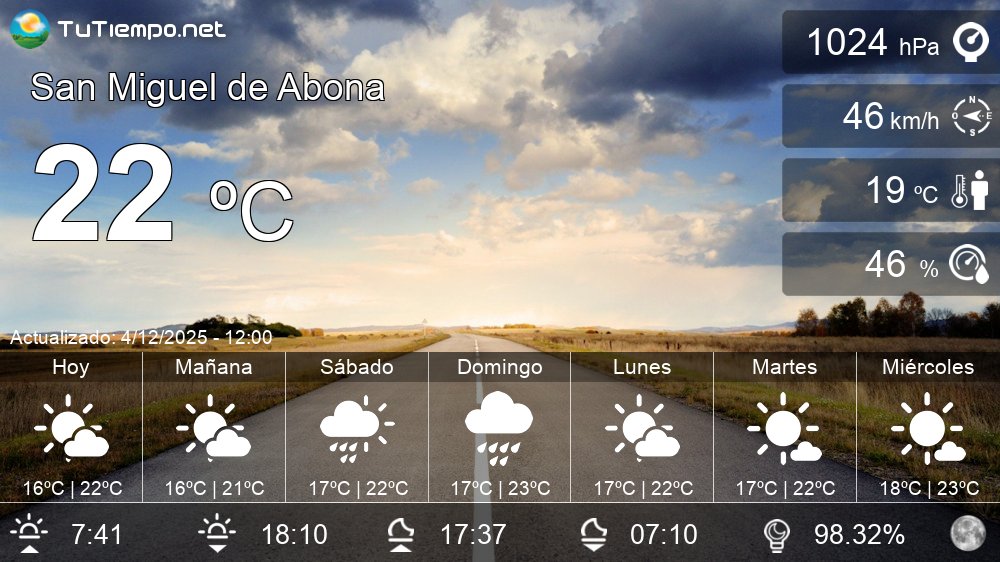Chaps I have a std Chromagen 200L thermosyphon roof top system which although works I believe doesn't work to it's full potential/. The principle means there will always be cool water in the tank which amount will differ depending upon the amount of sunshine.(obviously). It appears on cooler days the panel is very hot but the return is cold water temperature.?
we quickly run out of hot water when I believe the panel still has potential to heat. I'd rather have a tank full of 50c than 1/3rd at 80c. If you get my drift..
My thought was to introduce a small pump in the solar loop regulated by a thermostat to ensure a flow through the panel when the top of the panel reaches a certain temperature (ie 70c) .
I live in Tenerife so we experience 300ish days of sunshine but it's the cooler months coming up when there are a lot cloudier days which is bothering me
TIA
Richard
we quickly run out of hot water when I believe the panel still has potential to heat. I'd rather have a tank full of 50c than 1/3rd at 80c. If you get my drift..
My thought was to introduce a small pump in the solar loop regulated by a thermostat to ensure a flow through the panel when the top of the panel reaches a certain temperature (ie 70c) .
I live in Tenerife so we experience 300ish days of sunshine but it's the cooler months coming up when there are a lot cloudier days which is bothering me
TIA
Richard

Comment